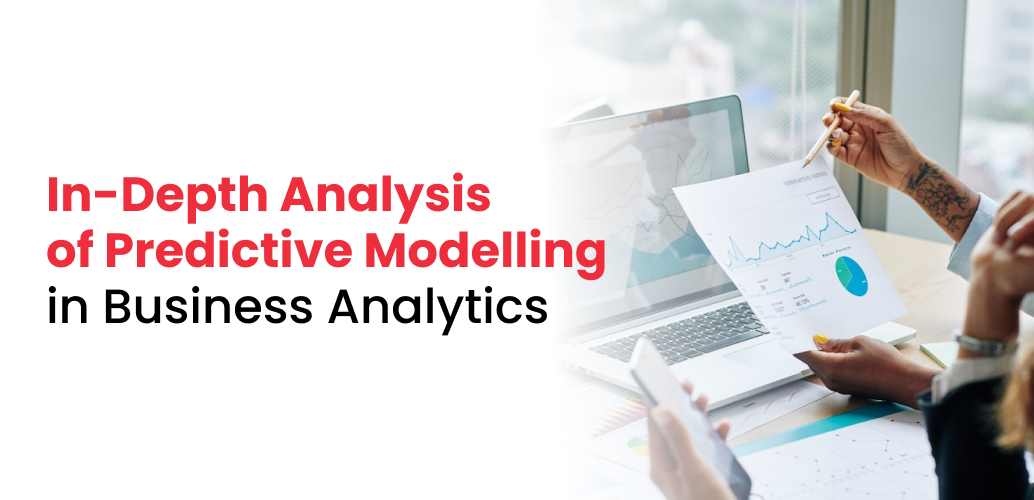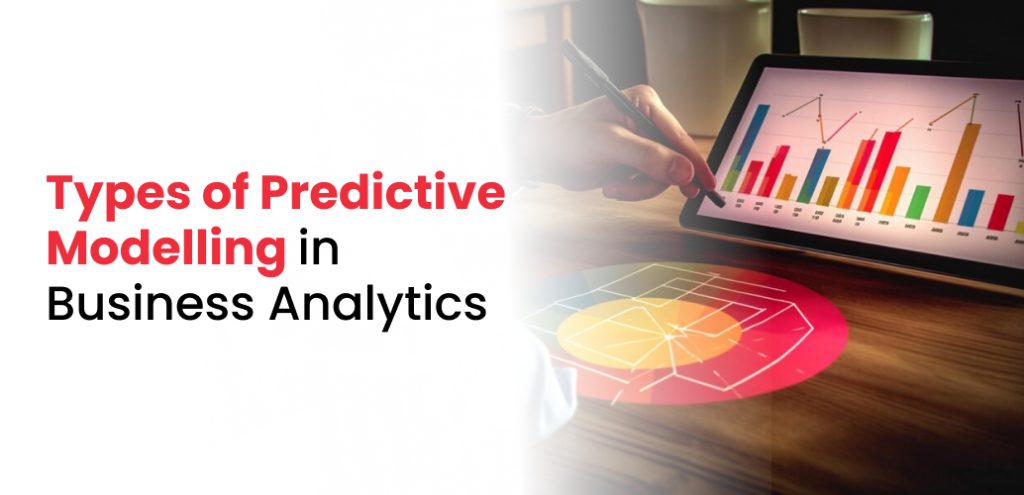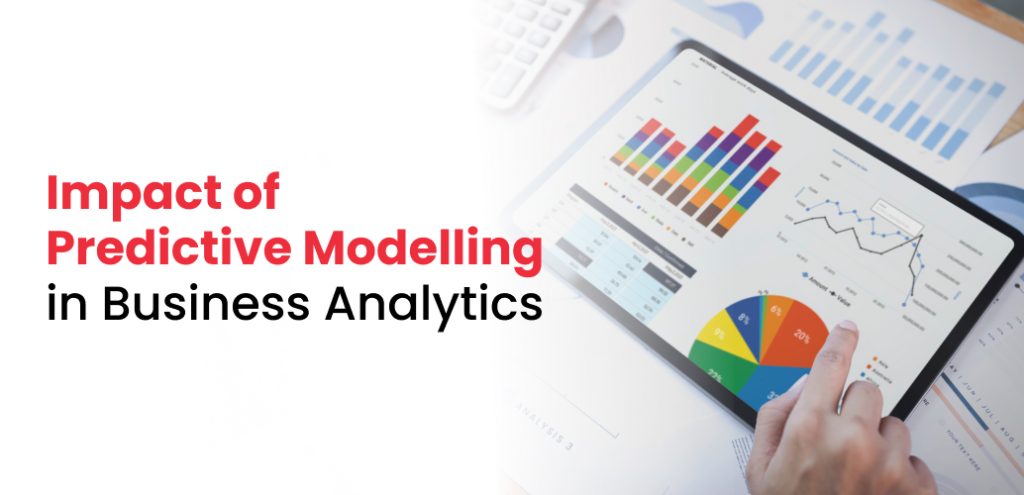In-Depth Analysis of Predictive Modelling in Business Analytics
Understanding Predictive Modelling in Business Analytics
Types of Predictive Modelling in Business Analytics
- Linear Regression
- Logistic Regression
- Decision Node
- Random Forest
- Neural Networks
- Support Vector Machines (SVM)
- Time Series Analysis
- Naive Bayes
Impact of Predictive Modelling in Business Analytics
- Forecast Trends
- Optimise Resource Allocation
- Improve Marketing Strategies
- Boost Financial Planning
- Streamline Operations
- Determine Fraud and Security Risk
- Improve Customer Experience
Deciphering Future Career: Transformative Power of Predictive Modelling in Business Analytics
- Why is business analytics reliant on predictive modelling?
- What are the offerings of predictive modelling used in upGrad Campus’s business analytics online course?
- What kinds of professional prospects can one obtain with competence in predictive modelling?
- After finishing the business analytics online course at upGrad Campus, is placement assistance offered?
In the dynamic business analytics landscape, predictive modelling is a cornerstone, forecasting trends and encouraging informed decision-making. Its significance lies in extracting actionable insights from data, driving strategic choices.
Staying updated on such advancements is imperative for professionals, making a business analytics online course essential. This course ensures mastery in predictive modelling by offering students the expertise needed to navigate the evolving realm of business analytics effectively.
This blog will explore the basics of predictive modelling, essential factors, and its significance in business analytics.
Understanding Predictive Modelling in Business Analytics
Predictive modelling is an effective data analysis technique that uses statistical models and mathematical algorithms to forecast future events. Businesses can use historical data to find patterns, correlations, and trends to predict future events or behaviours.
By comprehending predictive modelling, organisations can gain a competitive edge, enhance operations, and make well-informed decisions. This analytical method is essential for strategic planning and risk management in several industries, including marketing, finance, healthcare, and more.
Types of Predictive Modelling in Business Analytics
Let’s uncover the kinds of predictive modelling you will learn in a business analytics online course.
1. Linear Regression
Linear regression predicts numerical numbers by establishing a linear link between the input and output variables.
2. Logistic Regression
Logistic regression is functional in classification problems because it forecasts the probability of an event occurring and is well-suited for binary outcomes.
3. Decision Nodes
Decision nodes are arranged hierarchically and utilised for regression and classification, giving decision-making a clear visual depiction.
4. Random Forest
A collective learning technique that lessens overfitting in predictions and increases accuracy by combining several decision trees.
5. Neural Networks
It consists of interconnected nodes that function as networks to reflect complex data linkages and generate precise predictions, much like the structure of the human brain.
6. Support Vector Machines (SVM)
SVM is perfect for classification jobs since it can choose the best hyperplane to divide data points into groups.
7. Time Series Analysis
It is essential for anticipating trends throughout time since it focuses on projecting future values based on historical data.
8. Naive Bayes
Text categorisation frequently uses the Bayes theorem to estimate the possibility of an event occurring given the presence of another event.
Also Read : The Power of Data Visualisation in Business Analytics
Impact of Predictive Modelling in Business Analytics
Enrolling in a business analytics certification course empowers you to use complex algorithms and historical data. Let’s understand the impact of predictive modelling in business analytics.
1. Forecast Trends
By detecting patterns and trends in data, predictive modelling helps companies to anticipate changes in the market, consumer behaviour, and industry.
2. Optimise Resource Allocation
Businesses can deploy resources more effectively by employing predictive modelling to forecast demand, manage inventories, and optimise production schedules.
3. Improve Marketing Strategies
Predictive modelling improves marketing tactics by evaluating consumer behaviour, enabling tailored campaigns, and forecasting the efficacy of different marketing channels.
4. Boost Financial Planning
Predictive modelling is used to manage risks, estimate financial results, and choose wisely among investments.
5. Streamline Operations
As a business analytics expert, you will operate supply chain management and customer service that helps to optimise for greater efficiency and lower costs.
6. Determine Fraud and Security Risks
Industries such as cybersecurity and banking use predictive modelling to identify patterns and anticipate possible fraudulent activity, improving security protocols.
7. Improve Customer Experience
Businesses can better satisfy their customers by customising products and services depending on their knowledge of their preferences and needs.
Also Read : Top Business Analytics tools used by professionals
Deciphering Future Career: Transformative Power of Predictive Modelling in Business Analytics
In the business analytics online course, predictive modelling serves as a compass for businesses in the era of data-driven decision-making. Its adaptable applications strengthen operations, rethink tactics, and provide the way to success.
By obtaining a business analyst course with placement, you can set yourself up for success in a lucrative career in business analytics by mastering predictive modelling.
Kick-start your journey of becoming an expert in business analytics. Contact upGrad Campus and make prudent choices that will influence your future career possibilities.
FAQs
1. Why is business analytics reliant on predictive modelling?
By deriving insightful conclusions from data, predictive modelling allows firms to foresee trends, make wise decisions, and obtain a competitive edge.
2. What are the offerings of predictive modelling used in upGrad Campus’s business analytics online course?
At upGrad Campus, the business analytics online course covers predictive modelling approaches in great detail, offering practical experience and real-world applications to improve functional abilities.
3. What kinds of professional prospects can one obtain with competence in predictive modelling?
A strong foundation in predictive modelling can lead to employment opportunities in various fields, including data science, business intelligence, and data analysis.
4. After finishing the business analytics online course at upGrad Campus, is placement assistance offered?
upGrad Campus enables students to get placed by linking them with industry partners and offering career advice to improve their chances of finding employment.








